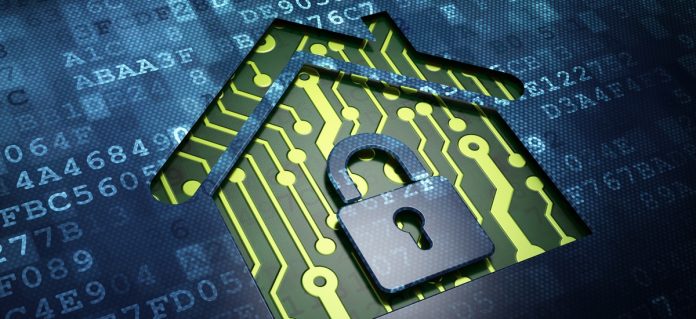Home network connections are quite common in many homes nowadays. More people prefer the convenience of wireless internet connection, going around the house with the internet-based gadgets, then just being stuck in one area. Good thing there’s WiFi.
WiFi is a home network technology that sends signals to all passed gadgets from the modem/router and allows you to connect to the internet. Because it is a common technology and all, it’s quite easy to neglect the thought that unsecured home networks are actually dangerous to your household. You may just be one click from being a victim of cybercrime, so be sure to take these safety steps to secure your home network.
Add a password to your WiFi network.
First things first: you should put a password on your WiFi network so that automatic connection is disabled. When your network is secure, only those with the password should be able to connect to the WiFi network.
It would also be advisable to choose a password that is not easy for others to decipher. Think of it as your online banking password.
Keep the password secure.
Because it is a password and it secures your network privacy, it is strongly recommended that you keep your password secure. Do not give it to anyone else. At least share it only with the people in your household, but advise them to avoid sharing it with others.
Be the one to input the password in other’s devices.
Should there be a need for others (visitors or neighbors) to use your WiFi network, be the one to input the password in their device.
This way, you do not have to give out the password for others to share. Also, be sure that these devices are disconnected from the network after use.
Change the password once in a while.
To take extra precaution in keeping your network password private, especially if you have shared the password to more people than necessary, you will need to change the password once in a while. This will disconnect any other devices that do not have the updated password, and you have a clean slate in the number of devices connected to your router.
Change to stronger networks and channels.
This may sound too technical, but you can actually change the settings of your router to channels and networks that are much more secure.
For example, you can choose settings such as limiting the number of devices connected to the network or limiting the area where your WiFi signal reaches. This can limit the users of your network, which makes it more secure.
Turn off remote-access applications.
There are remote access enabled applications that may use your network to connect to other devices. In some cases, this makes the network open to other users, malware, or hackers and can connect to your network without your knowledge. Although the probability may be small, it would be safe to turn off remote-access devices and applications when not in use.
Enable filtering of MAC address.
MAC address is the address of the device you are using to connect to the network. This address is given access to the router and connect to the internet. You can change the setting in your router to enable the filtering of MAC address. For instance, you can set up the main device to approve any other MAC address that attempts to connect to the network. This way, you can control who can connect to the network.
Disable the SSID broadcast feature.
SSID broadcast feature is the broadcast of your network name to public networks. For example, around your neighborhood, your SSID (or network name) is visible to others, even if they cannot access it without the password. A much safer precaution is to disable the broadcast of your network name, meaning the network name is not visible at all to anyone, unless manually searched.
Turn off the network when not in use.
A simple but effectively safe thing to do to keep the network secure is to turn it off when not in use. Set a time limit of use to control the usage and network users.
Position the router to within the home only.
WiFi signals can emit to wide areas and can reach the next homes. You can reposition the router and the antenna to point to the greater part of the house where you will mostly be using your devices. This may also change the areas where the signal is emitting.
There may be a lot of home networks in your area, from your neighbors’ homes, and you may think it’s absolutely safe. But being too complacent can be dangerous, and it’s much preferable to just take safety precautions. Identity theft, credit card fraud, and other cybercrimes are just lurking in the network.




